1. The Drama Queen of the Ocean—The Cuttlefish

Imagine if you could change your entire look in less than a second—like, full-on outfit swap, hair color, and accessories—without lifting a finger. That’s a regular Tuesday for the cuttlefish. This cephalopod doesn’t just change color for camouflage; it uses its shifting skin to hypnotize prey, send flashy warnings, and even pretend to be a different gender to avoid fights. It’s like a living LED screen, flashing signals depending on its mood or surroundings. Scientists have discovered that cuttlefish can even mimic textures, making them blend seamlessly with sand, coral, or rocky seabeds.
Oh, and here’s where things get even weirder: cuttlefish can split their body into different patterns. One side might be in full-on romantic mode, wooing a potential mate, while the other side is warning off a rival. Basically, they’re running a two-faced operation—literally. If deception were an art form, cuttlefish would be the Picasso of the deep. They also have one of the largest brain-to-body ratios among invertebrates, making them some of the most intelligent creatures in the ocean. Their ability to problem-solve and even recognize individual humans only adds to their eerie, alien-like nature.
2. The Shapeshifting Mastermind—The Mimic Octopus
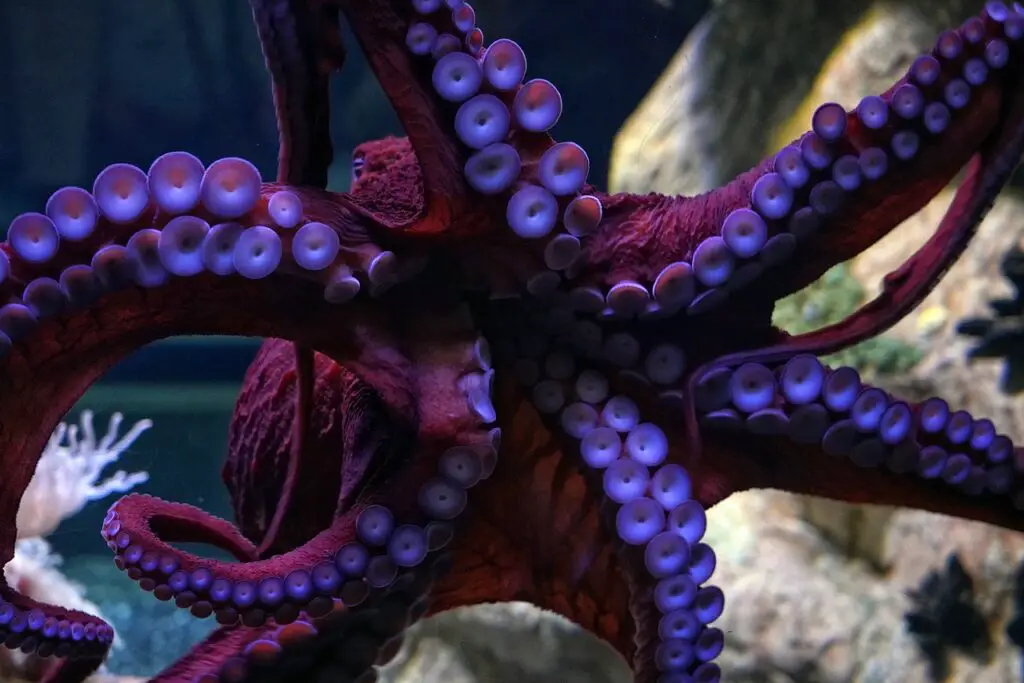
Speaking of ocean tricksters, the mimic octopus doesn’t just change color—it changes its entire identity. This creature has the audacity to transform into a lionfish, a sea snake, or even a flounder, depending on what predator is eyeing it. If a hungry fish thinks, oh, that’s a tasty-looking octopus—bam! Suddenly, it’s a venomous sea snake, and that predator is rethinking all its life choices. Unlike most color-changing creatures that rely on camouflage, this octopus takes survival strategy to the next level by playing dress-up as its deadliest neighbors.
And here’s the kicker: the mimic octopus doesn’t just copy one animal—it can imitate up to 15 different species. Scientists believe it decides which creature to mimic based on what’s most threatening to the predator in that moment. Think of it like an underwater improv master, adjusting its act on the fly. What’s even more fascinating is that some researchers suspect these octopuses can learn new disguises over time. If that’s true, we’re looking at an animal with a talent for deception that puts human spies to shame.
3. The Blushing Chameleon—The Panther Chameleon
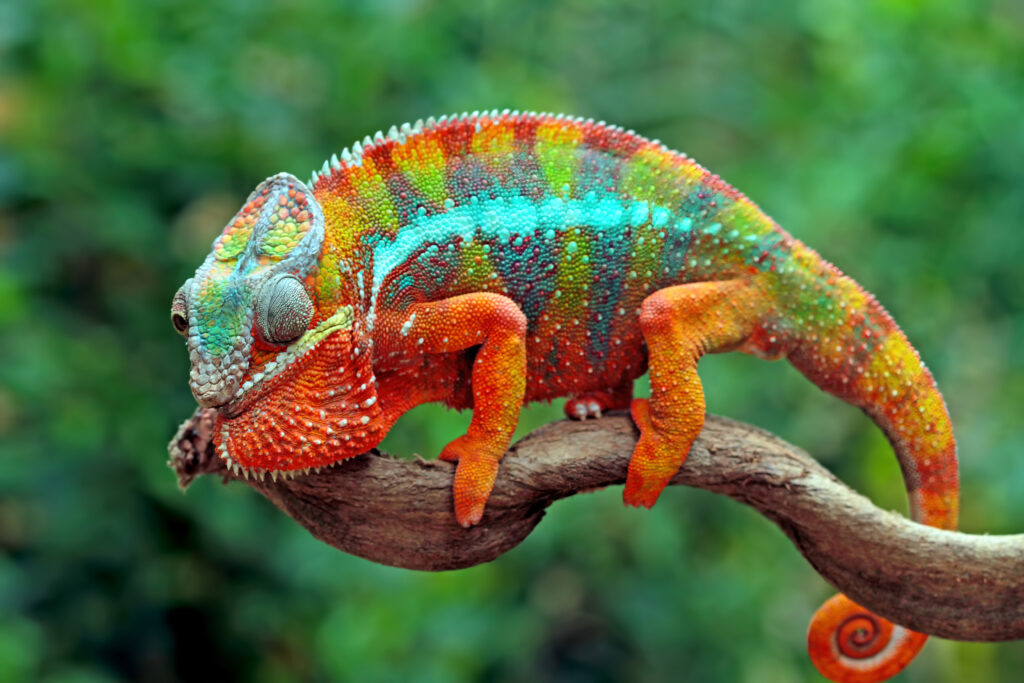
You’ve probably heard the myth that chameleons change color to blend into their surroundings. But panther chameleons? They do it for the drama. These lizards shift shades based on their mood, temperature, and social status. Feeling aggressive? Time to turn fiery red. In love? A bright, glowing yellow should do the trick. While other animals use color change primarily for camouflage, panther chameleons are basically walking, color-coded emotion boards.
And here’s the science behind it: panther chameleons don’t just change color—they manipulate light using special skin cells called iridophores. These cells act like tiny mirrors, reflecting different wavelengths of light. So, technically, they’re not wearing different colors; they’re bending physics to show off. What’s even cooler is that scientists have discovered chameleons don’t rely on pigment alone—they have multiple layers of iridophores that control light reflection at different intensities. That means their color shifts are actually fine-tuned optical illusions, proving once again that nature is the ultimate designer.
4. The Walking Mood Ring—The Peacock Flounder

Imagine waking up in a new home every morning and instantly blending into the wallpaper. That’s life for the peacock flounder, a flat fish with the supernatural ability to match any background in record time. Sand, coral, rocks—you name it, it can disappear into it. But here’s the real kicker: these fish don’t just copy the colors around them; they anticipate changes. Scientists have found that peacock flounders can process visual cues so quickly that they shift shades before their eyes fully register the new environment.
Unlike other camouflaging creatures, the peacock flounder’s color change isn’t a slow transition—it happens in just milliseconds. Their skin is packed with chromatophores, specialized cells that expand or contract to display different pigments almost instantly. This means they don’t just blend in; they become the background itself. And if that wasn’t enough, these flounders have both eyes on one side of their body, allowing them to scan their surroundings from above while staying flat against the ocean floor. It’s the ultimate survival strategy—becoming one with your environment while keeping a sharp eye out for trouble.
5. The Party Trick Performer—The Golden Tortoise Beetle
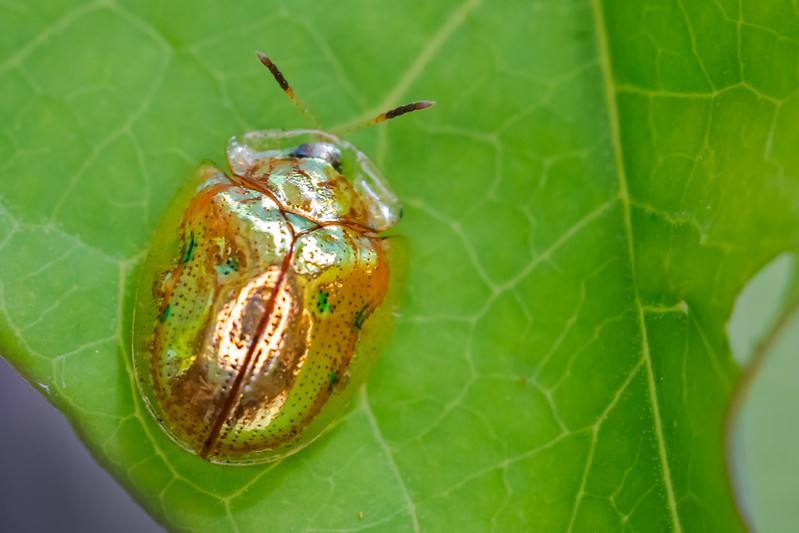
If there’s an insect that could moonlight as a living mood ring, it’s the golden tortoise beetle. This tiny, round beetle normally sports a dazzling metallic gold shell—hence the name. But if it gets disturbed, stressed, or just feels a little meh, it turns a dull reddish-brown. And the transformation isn’t subtle; it happens in seconds, like a tiny beetle deciding, You know what? I’m not feeling gold today. Unlike other color-changing creatures that use pigments or chromatophores, this beetle’s entire glow-up is based on the way light bounces off microscopic liquid layers under its shell.
How does it work? When the beetle is relaxed, its outer layer is filled with liquid that reflects light in a way that creates a stunning golden sheen. But when it’s stressed, the liquid drains, causing the shell to appear matte and dull. Basically, this beetle has built-in mood lighting, and scientists believe the color shift might be a form of self-defense—tricking predators into thinking it’s no longer worth eating. It’s the ultimate “I’m fine” face, but in beetle form. And when it feels safe again? Boom—back to golden, just like nothing ever happened.
6. The Crab That Ghosts You—The Sand Flea
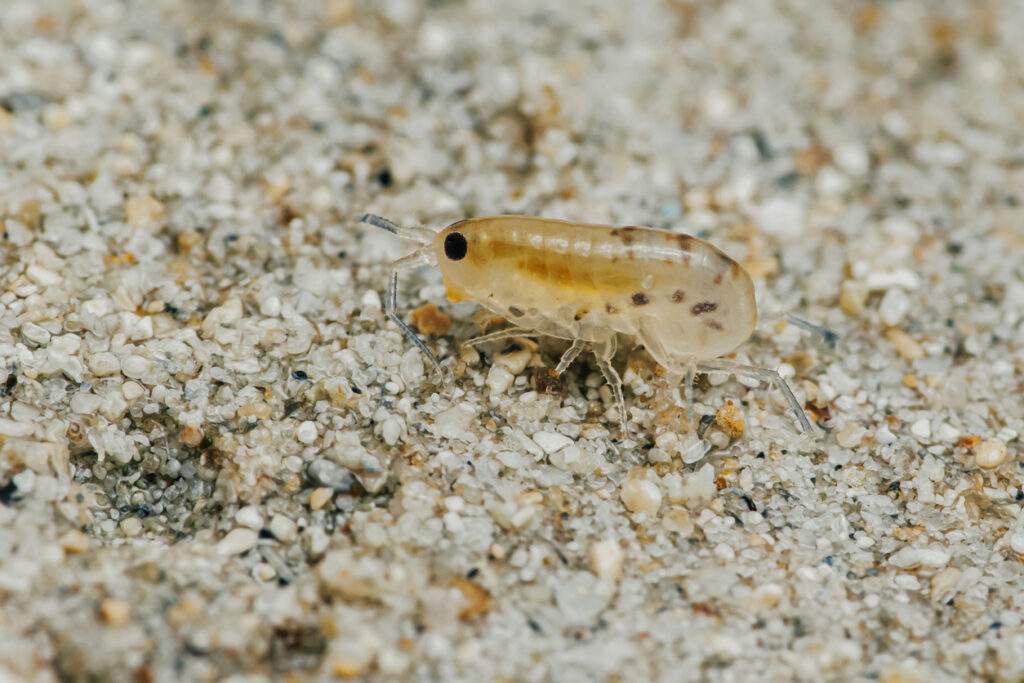
Ever met someone who disappears the moment you need them? Meet the sand flea, the ghosting champion of the animal kingdom. This tiny crustacean, also called the mole crab, has an eerie ability to change color depending on the sand it burrows into. Unlike other creatures that shift hues over time, the sand flea’s transformation is almost immediate—it literally vanishes into the beach, leaving no trace behind. This makes it nearly impossible for predators (or curious humans) to spot them.
Scientists believe this isn’t just a camouflage trick—it’s a full-blown survival strategy. Sand fleas match their surroundings so perfectly that even the sharpest-eyed birds and fish struggle to detect them. And here’s the truly wild part: their color change isn’t just skin-deep. Researchers have found that these tiny crabs also adjust the way light reflects off their shell, making them even harder to see in shifting sunlight. Essentially, they’re not just blending in; they’re playing an advanced game of visual hide-and-seek with nature itself.
7. The Underwater Billboard—The Jawfish
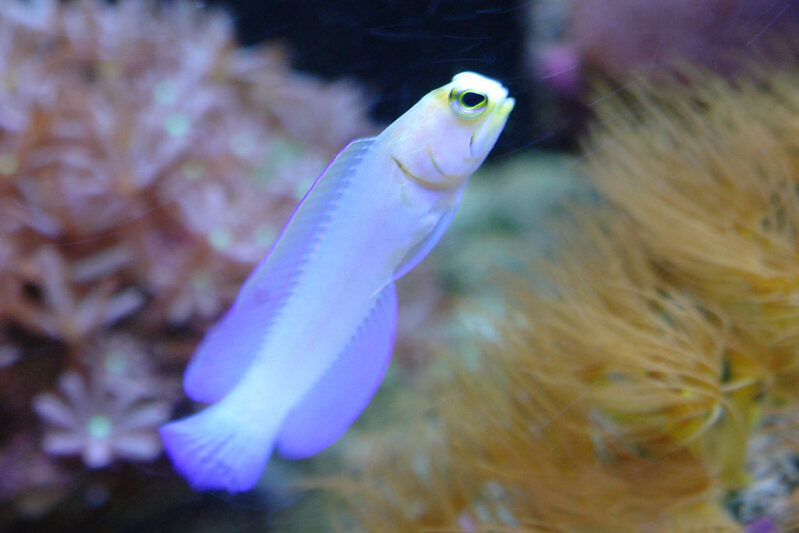
If fish had social media, the jawfish would be the one posting cryptic color-coded messages. This little fish is known for flashing different shades to communicate everything from fear to courtship. Unlike other sea creatures that use color for camouflage, the jawfish turns its body into a neon signboard of emotions. And get this—some species can even glow under ultraviolet light, meaning they have a whole invisible language that most predators (and humans) can’t see. It’s basically the marine world’s version of texting in code.
What’s even stranger? The jawfish doesn’t just use color changes to express itself—it actually remembers social interactions and adjusts its signals accordingly. Scientists have observed that these fish will shift their colors faster when responding to familiar threats, as if recognizing an enemy from past encounters. This suggests jawfish might have a more complex thought process than previously believed. So next time you think only mammals have emotional intelligence, remember: somewhere in the ocean, a tiny jawfish is holding grudges and flashing warning signals accordingly.
8. The Color-Changing Clown—The Arctic Fox
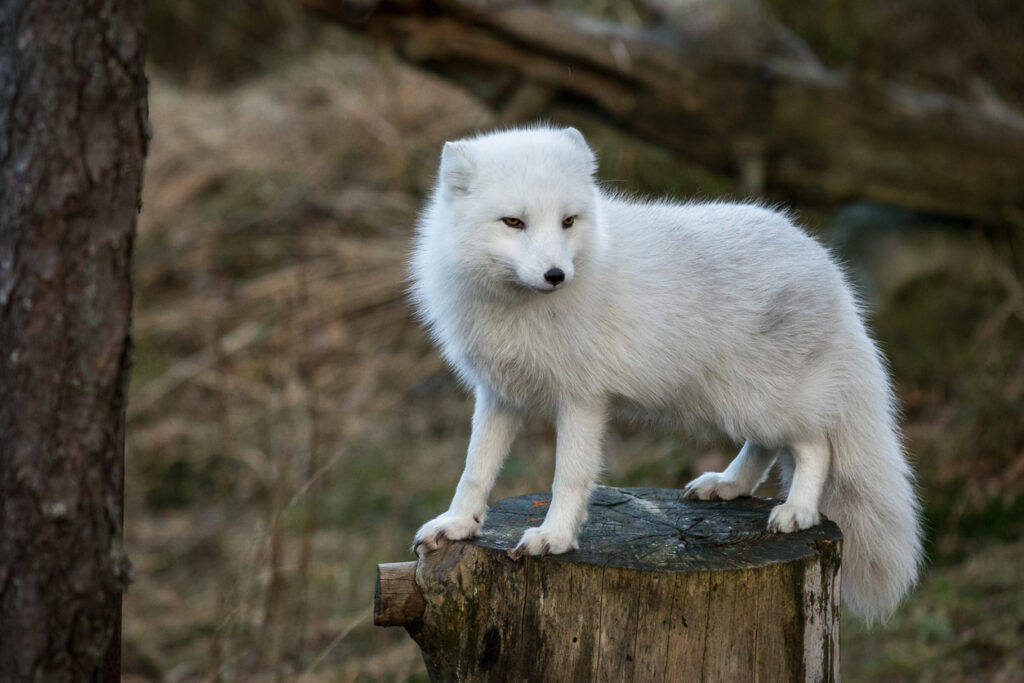
Now, you might be thinking, Wait, a fox? Yes, and this one has an icy trick up its sleeve. Unlike the ocean dwellers on this list, the Arctic fox changes color with the seasons—turning snowy white in the winter and earthy brown in the summer. Why? Survival. In the freezing Arctic tundra, blending into snow helps it avoid predators and sneak up on prey. But when summer rolls around and the snow melts, its bright white coat would stick out like a sore thumb—so it swaps it out for a more subtle brownish-gray fur.
What’s even more incredible is how efficiently this transformation happens. The Arctic fox doesn’t just shed its coat—it replaces entire layers of fur, ensuring it stays warm while pulling off its seasonal color switch. Scientists believe this adaptation dates back thousands of years, making it one of nature’s longest-running survival tricks. And while some animals on this list change color in a matter of seconds, the Arctic fox’s slow, deliberate transformation proves that patience can be just as powerful. At the end of the day, whether it’s camouflage, deception, or emotional signaling, these animals prove that changing color isn’t just a neat trick—it’s a matter of life and death.


